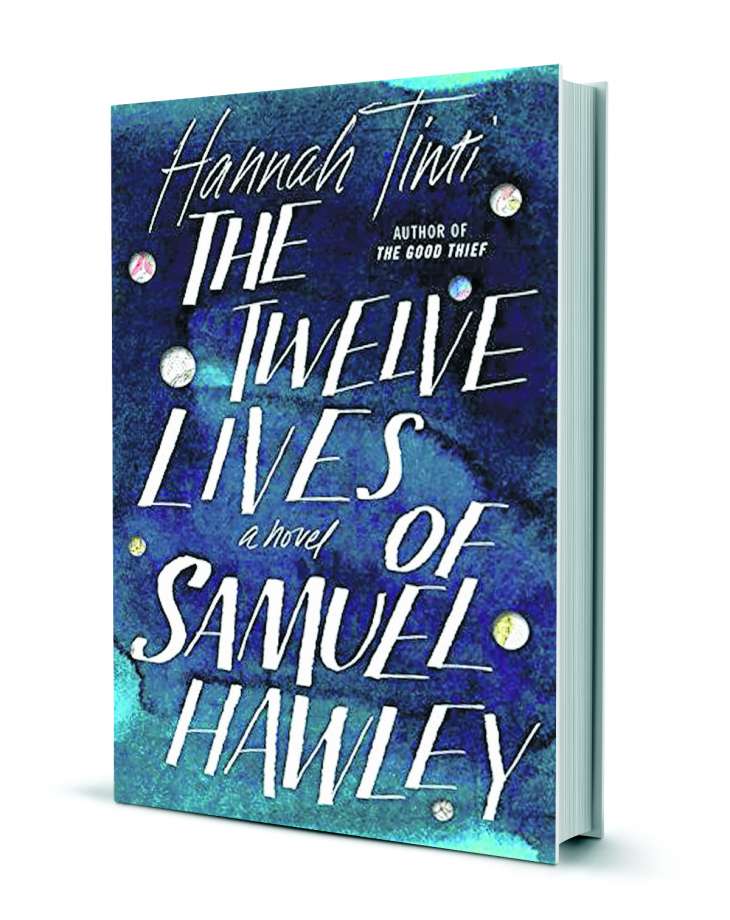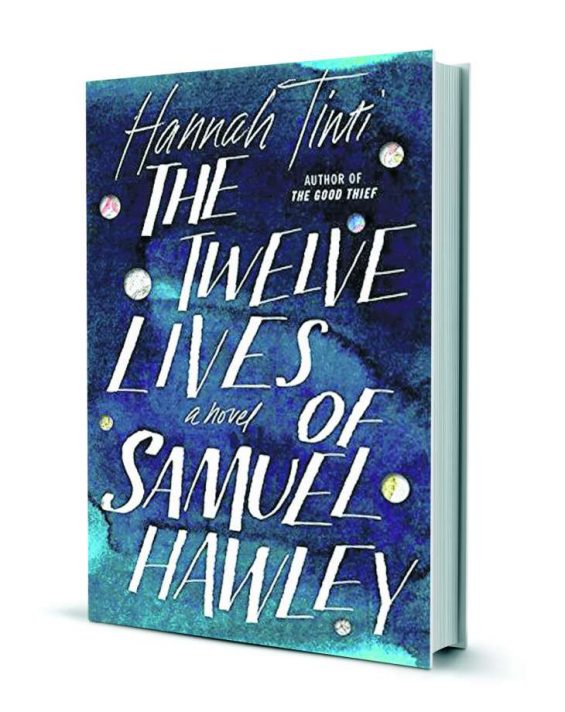Book Review: “The Twelve Lives of Samuel Hawley” by Hannah Tinti


Samuel and Loo Hawley, the father-daughter protagonists of Hannah Tinti’s Edgar-nominated drama-suspense novel The Twelve Lives of Samuel Hawley continue the modern tradition of the antihero—intensely flawed characters who make wrong decisions, and plenty of them, and who can often be deeply unlikeable, but whom we root for anyway. In Samuel’s case, that’s because the gruff, emotionally remote, gun-loving career criminal is also a caring, protective father. In Loo’s case, it’s because this child of grifters has been thrust into a life she didn’t ask for, and she has learned to use anger to mask the pain of growing up without a mother, a stable home life, and virtually any friends.
The story is framed through flashbacks of twelve gunshots Sam suffers at different points in his life, and the circumstances and relationships surrounding them. If the idea of a single person surviving a dozen gunshots seems implausible, that’s because it is. (The religious overtones of the number 12 don’t escape notice, either.) But Tinti, author of the well-received The Good Thief, deftly handles the far-fetchedness of this central conceit, both through her restrained yet elegant voice and style, and by showing how Sam’s life pivots following each incident—and how it ends up affecting the course of history for his daughter and his soul mate, Lily, whose untimely death consistently hovers just a hairsbreadth away from Sam and Loo. It’s also a testament to the power of memories, and how willing humans are to idealize them, especially when our own guilt and grief are wrapped up in them.
Over time, as Loo grows from curious, spirited child to disenchanted, risk-taking teen, the once-harmonious pair begin to come apart at the seams. The rift widens as Loo falls in love with Marshall, a good-hearted classmate and the only person who has ever tried to befriend her, and begins to make more precarious decisions. The push-and-pull between Loo and Marshall—much like the attraction between Sam and Lily—is evident throughout, and comes to a head when Loo convinces Marshall to learn to shoot a gun:
“Come on.” Loo returned to the chest, slipped a few magazines and a box of ammo into the pocket of her shorts and headed for the door. Marshall stayed at the table. But when she turned at the entryway and looked back at him, he left the table and followed, as if she were a magnet drawing him away from his better judgment.
As Loo shows signs of following in her father’s illicit footsteps, Sam’s regret blossoms into a mushroom cloud of self-hatred and discontent. Though this passage, following a job gone wrong, is part of a flashback, it sums up Sam’s mixture of love and longing:
The room was splattered with red. What a mess he’d made, Hawley thought. He wished he could erase his entire life, starting with his father’s death and then every step that had led him here to this crap motel room, every bullet, every twisted turn of the road he’d followed—even meeting Lily, even having Loo. Hawley wanted it all gone.
Despite their desperation for a better life, for the proverbial “more than this,” Sam and Loo never quite manage to get past being their own worst influences, especially once they land in coastal Massachusetts, where Lily was born and her mother—Loo’s grandmother—still lives. Tinti, who grew up in Salem, paints vivid pictures of these working-class fishing towns, where little seems to change over time except the degree of the residents’ dissatisfaction with their lives. Through its settings, its characters, and Tinti’s unsentimental prose, The Twelve Lives of Samuel Hawley demonstrates how people can become accustomed to any lifestyle the longer they’re exposed to it—no matter how unsatisfying, unmoored, and other-side-of-legal. It also makes the case for the depth and complexity of blood bonds, even when we have (or think we have) little in common with those we’re closest to.
The final, cinematic scene—which I won’t spoil—finds father and daughter at sea. It’s a masterful blend of clear-eyed reality and poetic description, and builds to a suspenseful climax while retaining a quiet beauty. Readers who like their plots neatly tied up with a bow might not feel satisfied, but the last chapter of The Twelve Lives of Samuel Hawley crafts a believable conclusion to the story of two people continually searching for—and rarely finding—peace and certainty, and the indifference, even cruelty, of the passage of time.
